The Power of Differentiated Instruction
Instructions, Strategies and Examples
Teachers must ensure that the curriculum is presented in a way that all students understand. In planning ways to present the curriculum, you need to cater to the diversity of all students. This will require creative and innovative teaching methods that transcend traditional boundaries.
This manual (in PDF and Google Docs format of over 122 pages so you can copy, modify and share to all teachers in your school) will teach you differential instruction, complete with step-by-step strategies and examples. Examples touch on topics in English, literature, mathematics, art, music, science, social studies and physical education but can be applied to all lessons.
Differential instruction is an approach that recognizes the diverse learning needs, abilities, and interests of students within a single classroom. It involves tailoring teaching methods, materials, and assessments to meet the individual requirements of each student.
By adjusting content, pace, and support, teachers can better engage and challenge students, ensuring that all learners have the opportunity to thrive and reach their full potential, regardless of their unique backgrounds, abilities, or learning styles.
This manual covers:
- An Introduction to Differentiated Instruction
- The 10 Key Principles of Differentiation
- Assessing Student Needs
- Setting Clear Learning Objectives
- Curriculum Planning for Differentiation
- Tiered Assignments & Flexible Grouping
- Choice and Interest-Based Learning
- Multilevel-Same Curriculum
- Multilevel-Different Curriculum
- Varied Instructional Strategies
- Scaffolding and Support
- Student-Centred Learning
- Differentiating Assessment and Evaluation
- Challenges and Practical Considerations
- Classroom Management
- Time Management
- Sample Lesson Plans for Primary, Intermediate and High School levels.
- Assessment Rubrics for Primary, Intermediate and High School levels.
Download and copy yours today!
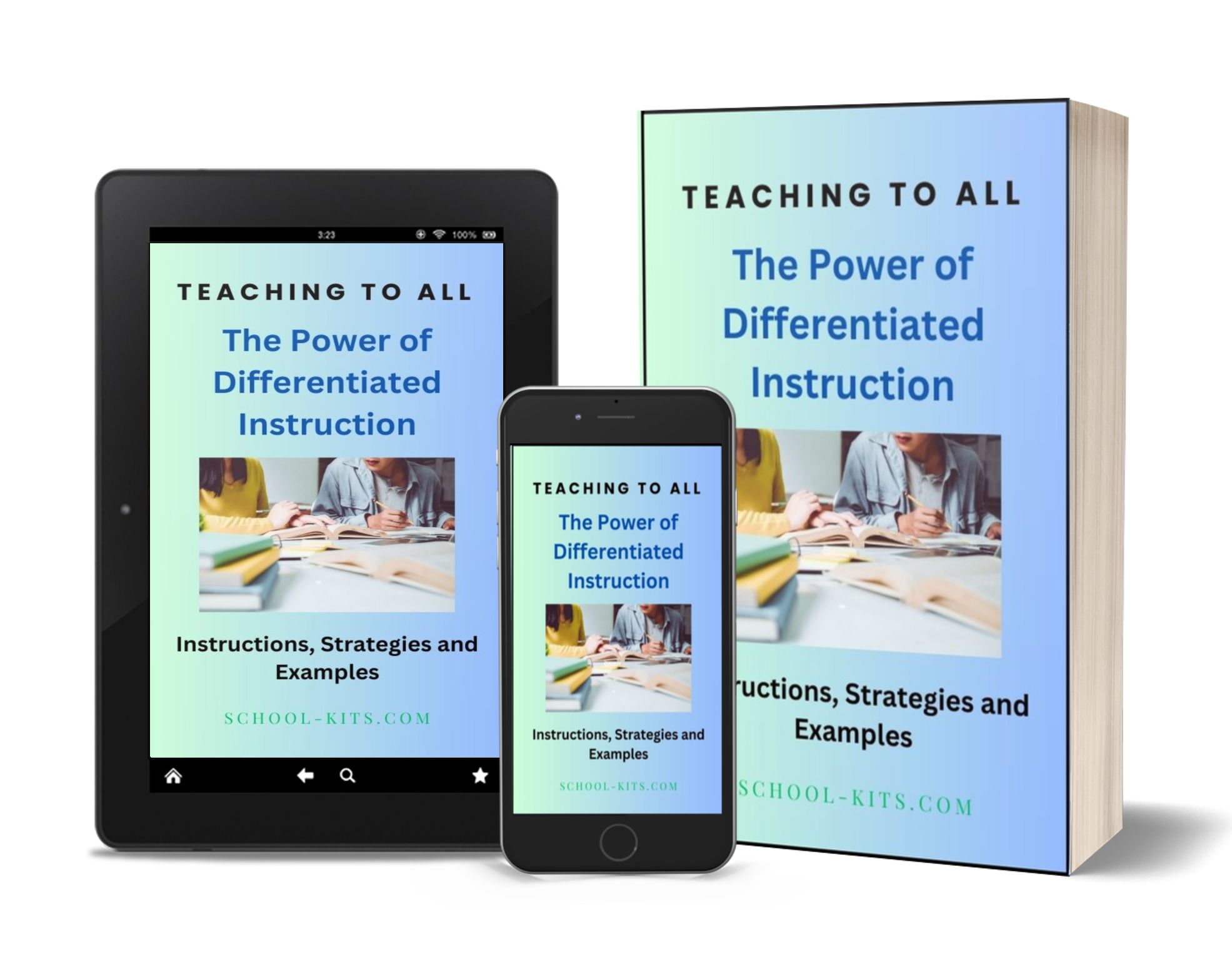
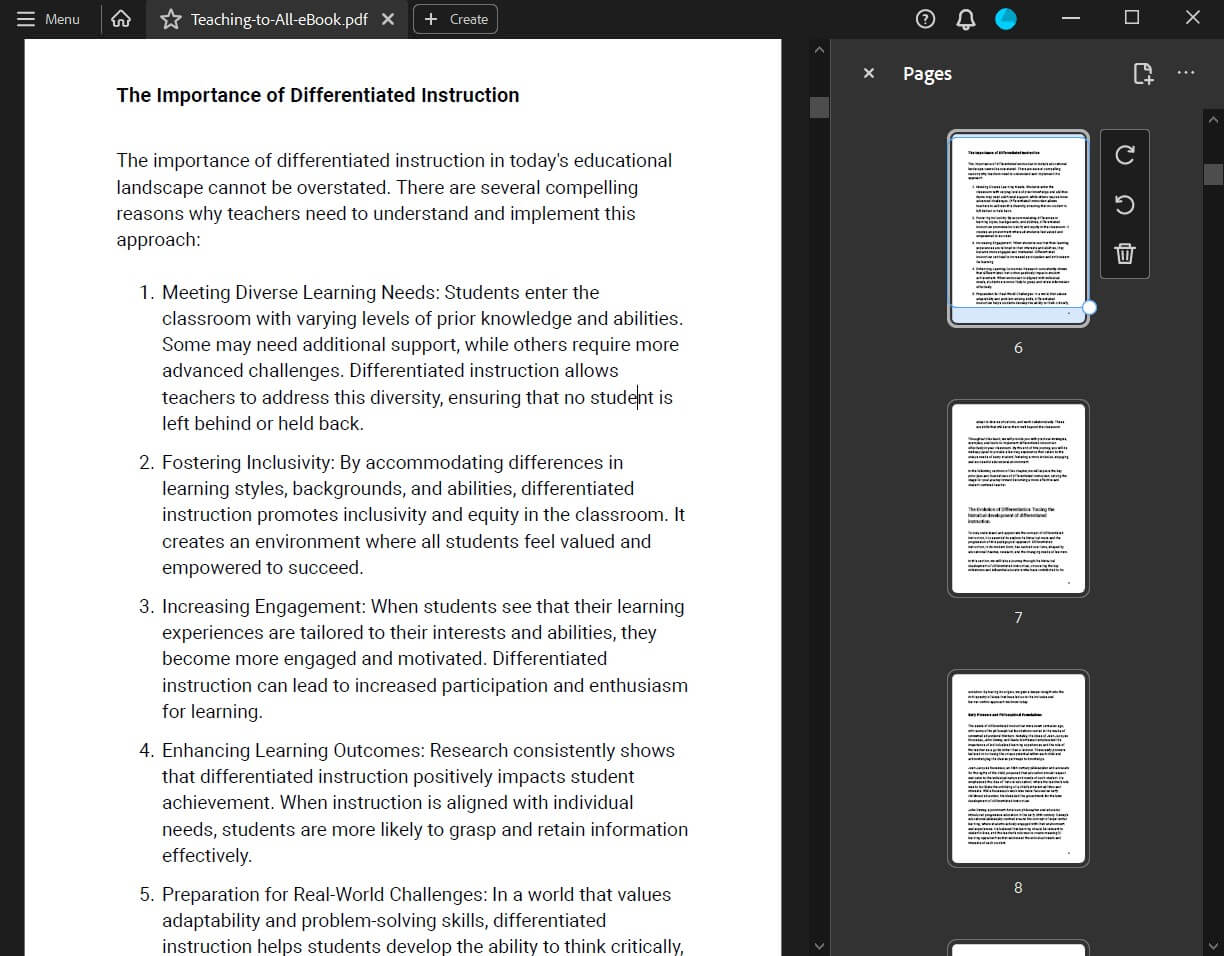
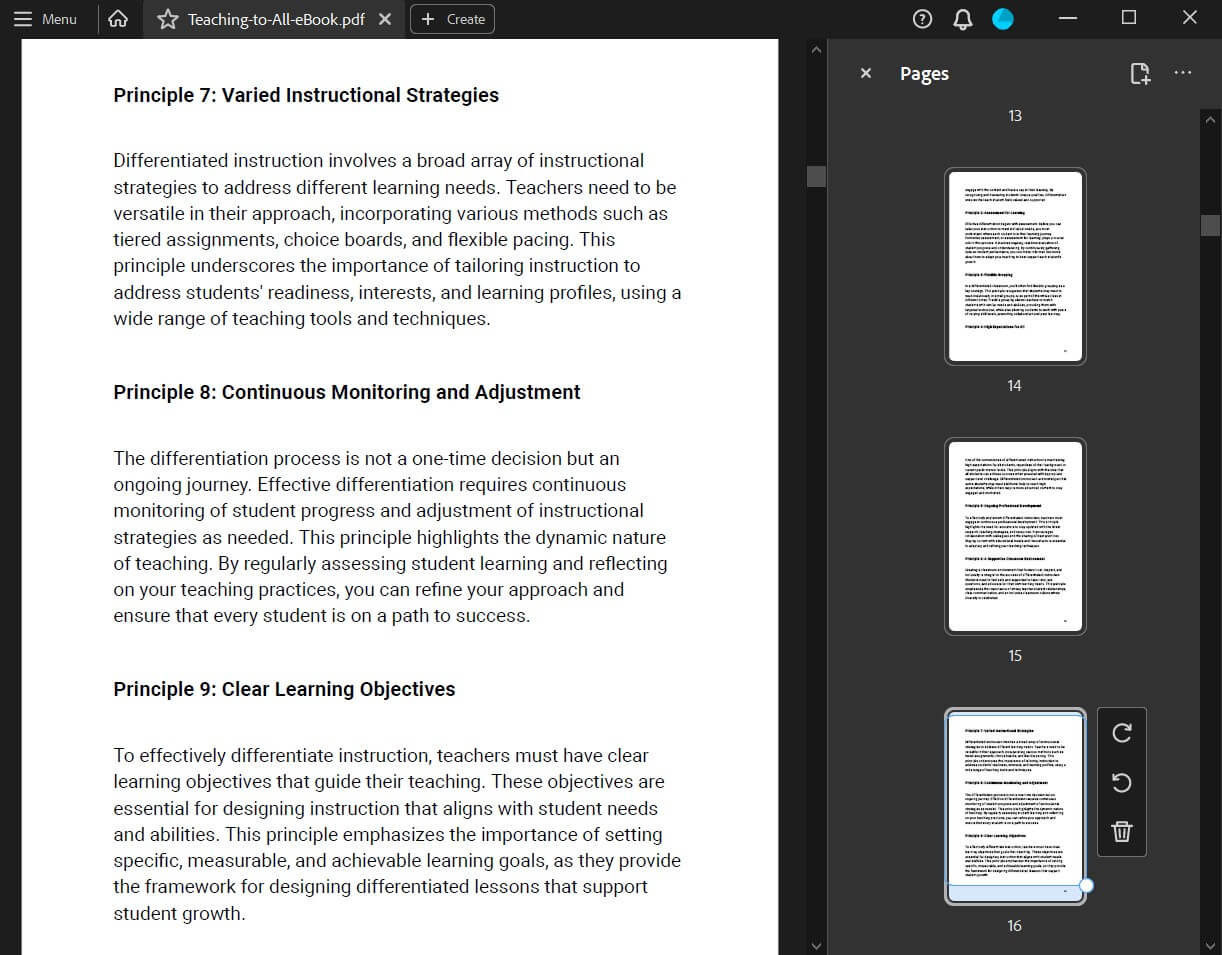
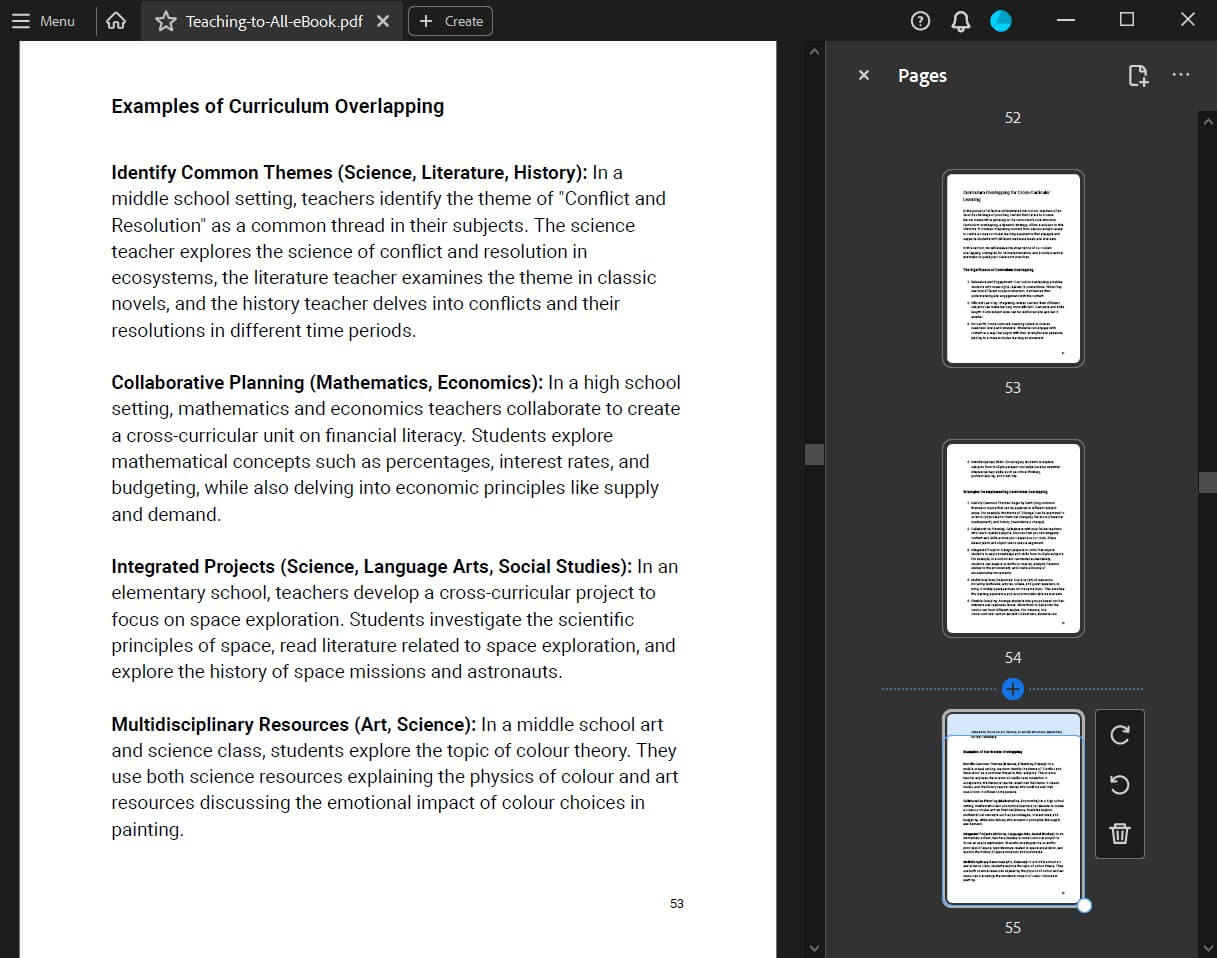
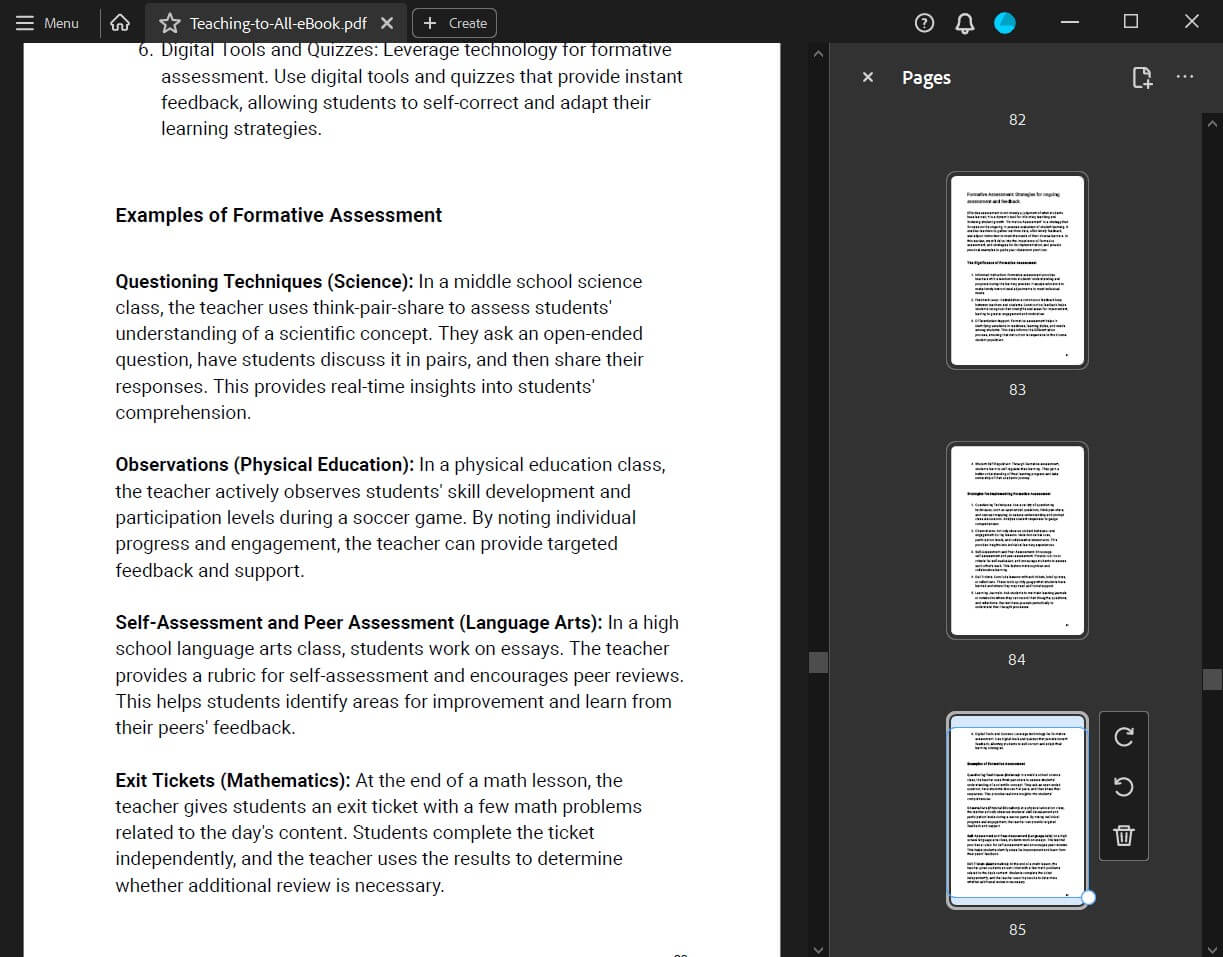

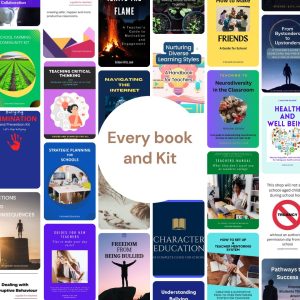
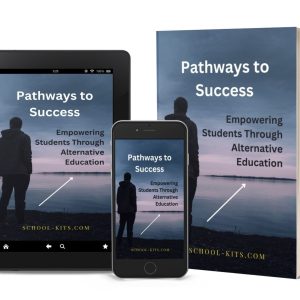

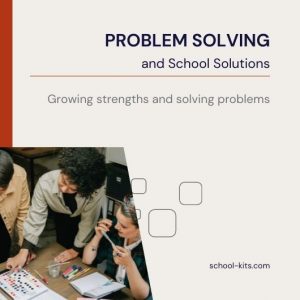

Reviews
There are no reviews yet.